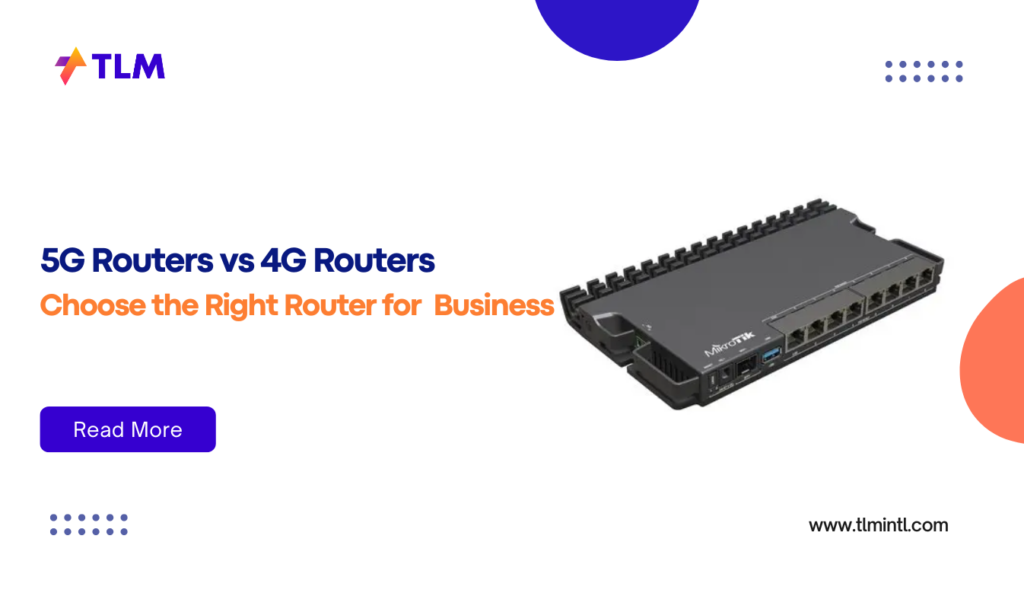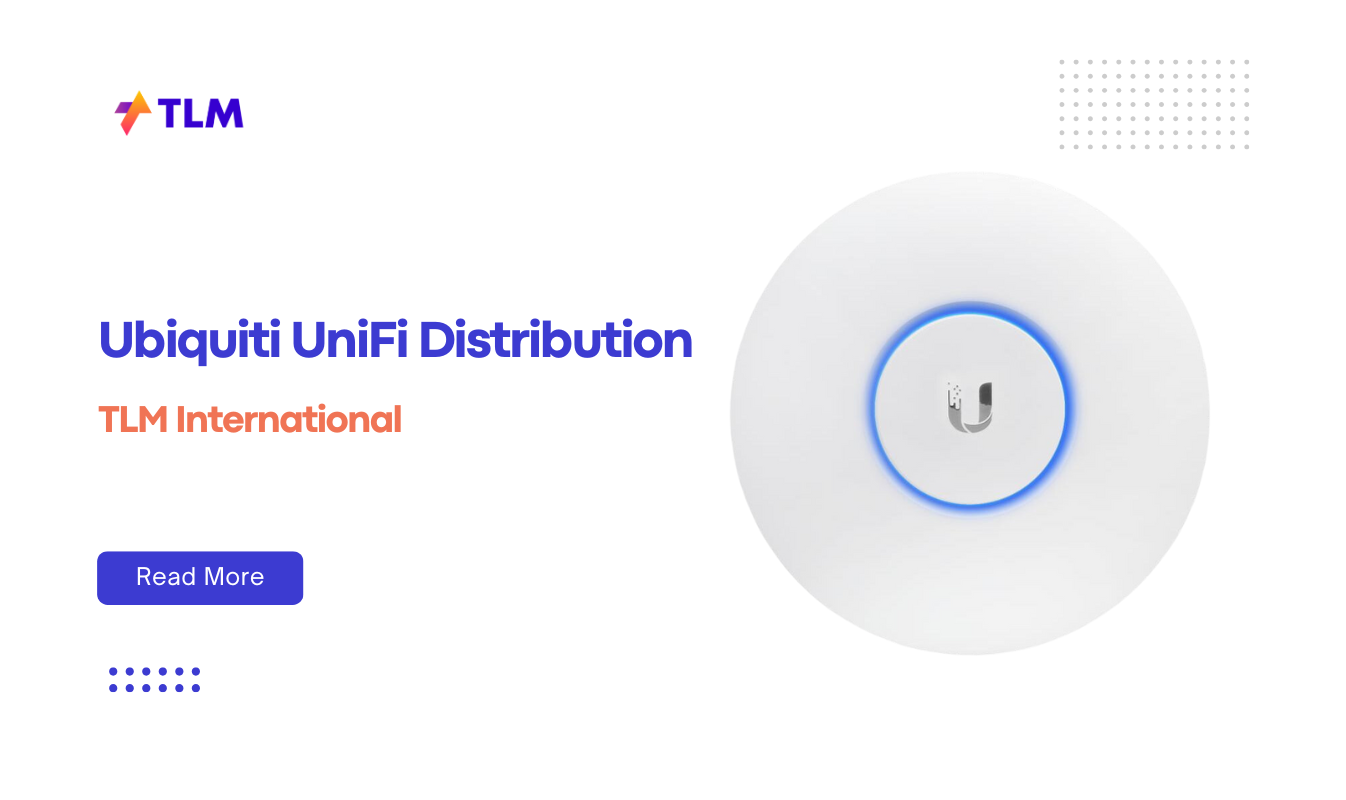As technology evolves, so do our connectivity needs. The introduction of 5G technology has brought about significant changes in how we access the internet. But how does it compare to the well-established 4G technology? This article will explore the differences between 5G routers and 4G routers, helping you decide which one is right for you.
What is a 4G Router?
A 4G router uses the fourth generation of mobile network technology to provide internet connectivity. It relies on LTE (Long-Term Evolution) to deliver data at high speeds, making it suitable for most everyday applications.
What is a 5G Router?
A 5G router connects to the fifth generation of mobile networks, offering faster speeds, lower latency, and higher capacity than its predecessor. It supports a broader range of frequencies, including high-frequency mmWave bands.
Key Differences Between 5G and 4G Routers
| Feature | 4G Router | 5G Router |
| Speed | Up to 1 Gbps | Up to 20 Gbps |
| Latency | 30-50 ms | Less than 5 ms |
| Frequency Bands | Below 6 GHz | Low (<6 GHz), Mid (1-6 GHz), High (>24 GHz) |
| Coverage | Wider coverage, especially in remote areas | Better in urban areas with small cells |
| Cost | More affordable | Higher due to advanced technology |
| Device Capacity | Limited | Supports more simultaneous connections |
Speed and Performance
When comparing the speed and performance of 4G and 5G networks, several key differences emerge that highlight the advantages of 5G, particularly in the context of 5G routers.
Speed
- 4G Speed: Typically, 4G networks offer download speeds up to 1 Gbps. This is generally sufficient for activities such as streaming, browsing, and online gaming.
- 5G Speed: 5G networks can reach download speeds up to 20 Gbps, which allows for ultra-fast downloads and seamless streaming of high-definition content. In practical scenarios, speeds can vary based on network conditions and location. For example, the TP-Link NX510V 5G router supports speeds up to 3.5 Gbps, though actual speeds achieved can depend on factors like service provider and network congestion.
Latency
- 4G Latency: Latency in 4G networks typically ranges from 30 to 50 milliseconds. While this is adequate for most applications, it may not be ideal for real-time tasks such as competitive gaming or virtual reality3.
- 5G Latency: One of the most significant improvements with 5G is its latency, which can be as low as under 5 milliseconds. This low latency is crucial for applications requiring instant responses, such as augmented reality (AR), virtual reality (VR), and autonomous driving.
Performance in Routers
5G routers, such as the TP-Link NX510V, are designed to leverage these advancements in speed and latency. They integrate technologies like Wi-Fi 6 for enhanced wireless performance and feature active cooling systems to maintain stability even under heavy use1. These routers are capable of supporting a wide range of devices with high-speed internet access, making them ideal for both residential and industrial applications.
Coverage and Connectivity
Coverage
- 4G Coverage: Offers extensive coverage with fewer base stations needed, making it ideal for rural areas.
- 5G Coverage: Requires more base stations due to higher frequency bands but provides better service in densely populated urban areas.
Connectivity
- 4G Connectivity: Supports a moderate number of devices simultaneously.
- 5G Connectivity: Designed for high-density environments, supporting many more devices without congestion.
Cost Considerations
While both technologies offer unique benefits, cost plays a significant role in decision-making:
- 4G Routers: Generally more affordable due to mature technology.
- 5G Routers: Higher initial cost but may offer better value in terms of speed and future-proofing.
Use Cases for Each Router
Ideal Scenarios for a 4G Router
- Rural or remote locations with wider coverage needs.
- Budget-conscious users who require reliable internet without the need for extreme speeds.
- Basic internet activities like browsing and streaming.
Ideal Scenarios for a 5G Router
- Urban environments with dense populations.
- Users needing ultra-fast internet for gaming or VR.
- Businesses requiring robust connectivity for multiple devices.
Conclusion
Choosing between a 5G router and a 4G router depends on your specific needs and environment. If you prioritize speed and are located in an area with good coverage, a 5G router could be the right choice. However, if you need reliable connectivity in remote areas or are working within a budget, a 4G router might be more suitable. By understanding these differences, you can make an informed decision that aligns with your connectivity requirements.






